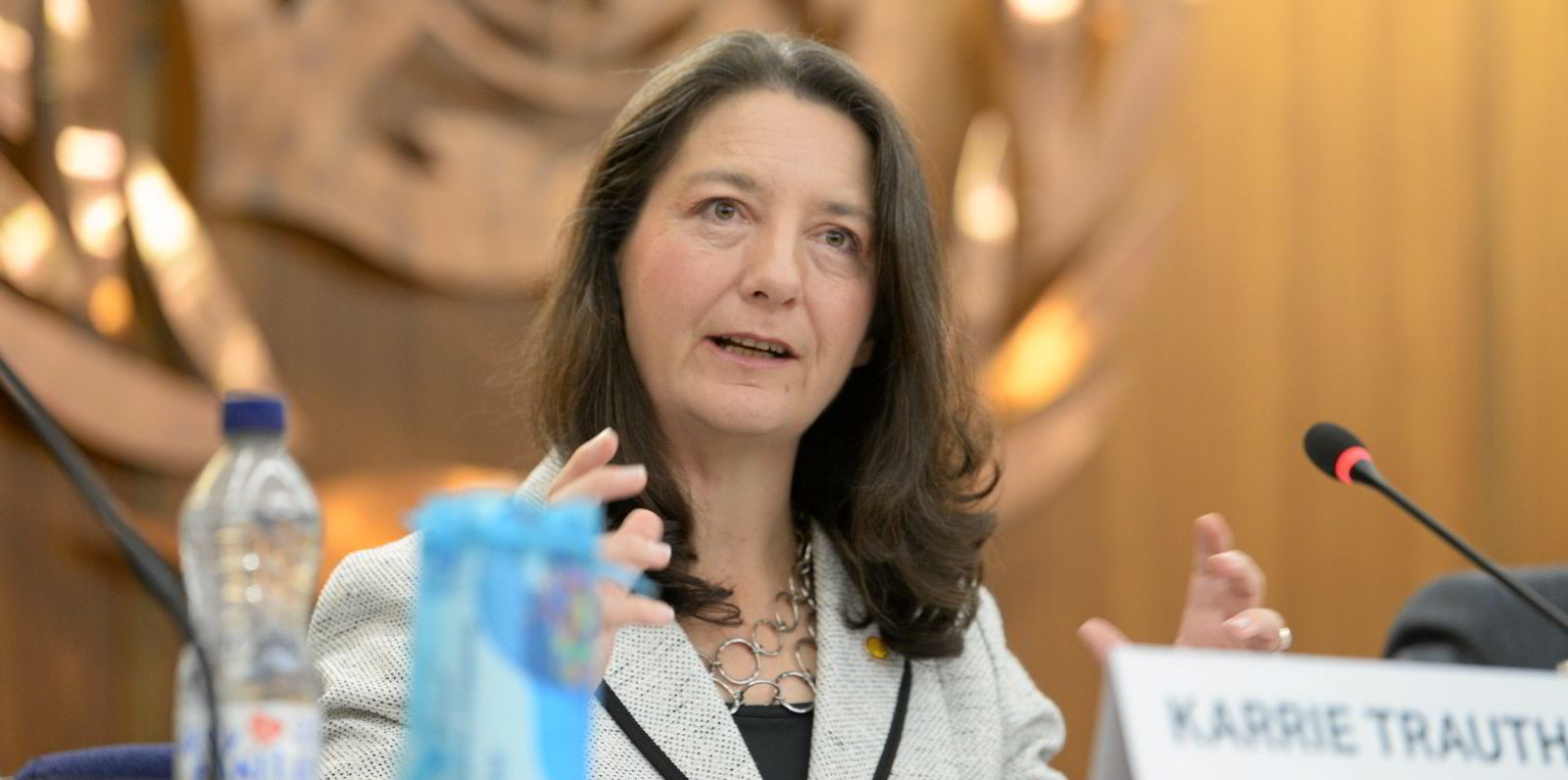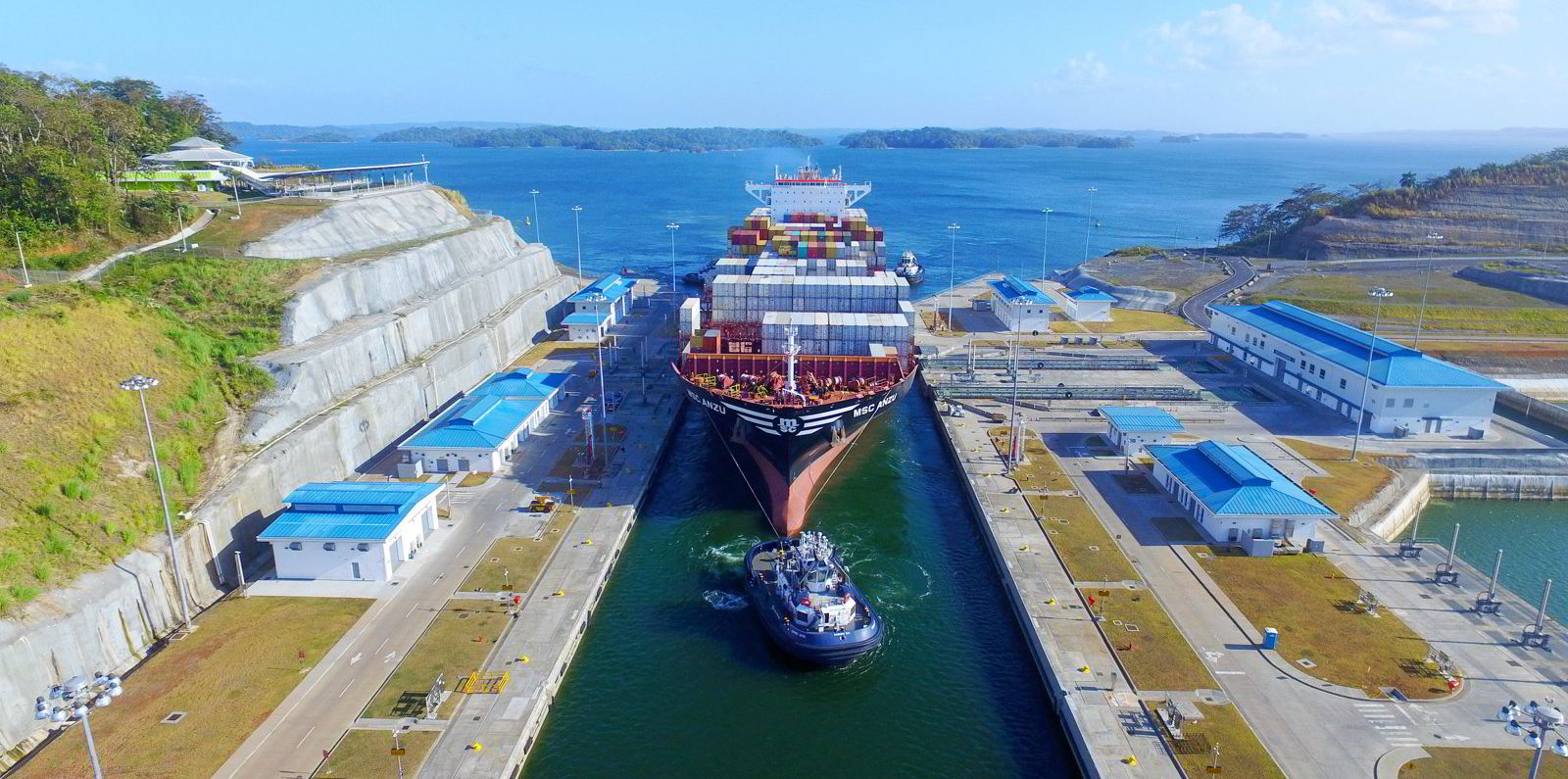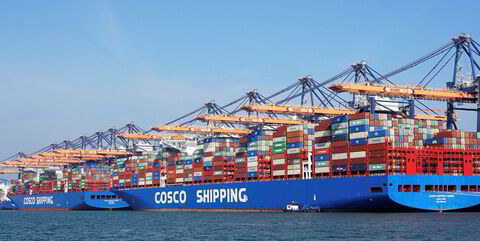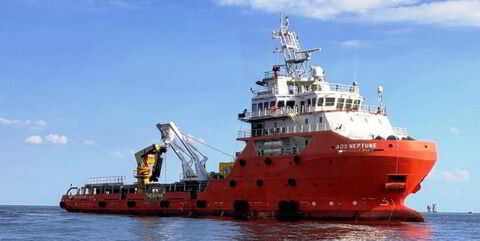Spot charter rates for LNG carriers are rising as the peak demand season takes hold in the sector, Fearnleys said.
Speaking at the Astrup Fearnley Shipping & Energy Conference this week Fearnleys LNG advisor Ina Bjorkum Arneson said: “Winter has started in LNG shipping and we are seeing tonnage kept within portfolio fleets.”
She said spot charter rates are starting to firm up going into the fourth quarter despite long ship availability lists for prompt tonnage.
Arneson said the contango in cargo prices is incentivising floating storage in the last three months of this year which is expected to absorb shipping capacity.
But she said peak spot rates will be determined by cargo values and it will all come down to winter weather and term charter rates for 2023 are not expected to come close to last year's in the near term.
Arneson said the average number of days spent at high speed above 16 knots for the LNG fleet is down year-on-year across the different propulsion segments for all LNG carriers, including those which are not limited under Energy Efficiency Existing Ship Index (EEXI) restrictions.
She said this is driven by the high number of floating cargoes but also indicates a generally long shipping market where charterers have the flexibility to slow down.
The reduced speeds may also be a result of environmental regulations which came into effect at the start of this year, she added.
Arneson said the last few weeks have shown that the gas market is still “very sensitive and nervous” as talk of strikes at Australian liquefaction plants pushed gas prices up even before any action materialised.
“This may mean that Asia and Europe will compete for the Atlantic LNG cargoes this year and could put significant upward pressure on the gas prices,” she said.
Arneson said Europe continues to be the major buyer of US LNG but the last two months have shown an increase in cargoes going to Asia again due to the high storage levels in European terminals and low demand from the region.
While European LNG imports are down year on year for the January to August period, Asian numbers are slightly higher with China on track to be the world’s largest importer in 2023.
Turning to LNG newbuildings Arneson pegged current prices at around $260m for a basic specification vessel. “We don’t see anything putting downward pressure on these prices in the near term,” she said.
Ordering activity is still “relatively high”, she said, although nowhere near last year's levels, but with more contracts expected this year.
The orderbook now stands at 295 ships or 48% of the global fleet.
Arneson highlighted two record years that are approaching for LNG carrier newbuilding deliveries with Fearnleys data showing 64 vessels for handover in 2024, followed by a whopping 83 ships in 2025 and 77 in 2026.
She reiterated Fearnleys forecast that the LNG carrier fleet will be underutilisation in the next few years.
In 2024 the LNG fleet is expected to grow by around 10% while liquefaction growth is forecast to be less than 4%.
“We do, however, expect the shipping market to tighten from 2026,” she said, as new US liquefaction capacity starts to come online from 2025 for long-haul trading to Asia coupled with ongoing delays at the Panama Canal which will prompt charterers to re-route their ships on longer voyages.
LNG newbuilding will also be needed for fleet replacement.
Arneson said most of the LNG steam turbine ships now have lower maximum speeds as of 2023 due to EEXI which reduces their flexibility for trading.
She said this, combined with the effects of higher fuel consumption on the EU Emissions Trading Scheme (ETS) costs from next year, Carbon Intensity Indicator (CII) ratings and that their capacities are smaller than current cargo sizes, means that a portion of the fleet becoming less tradeable in years to come.






